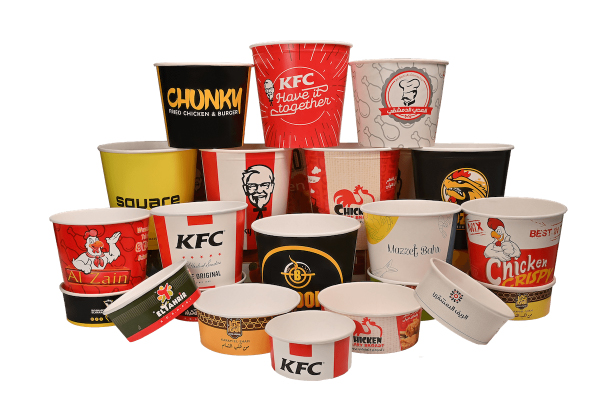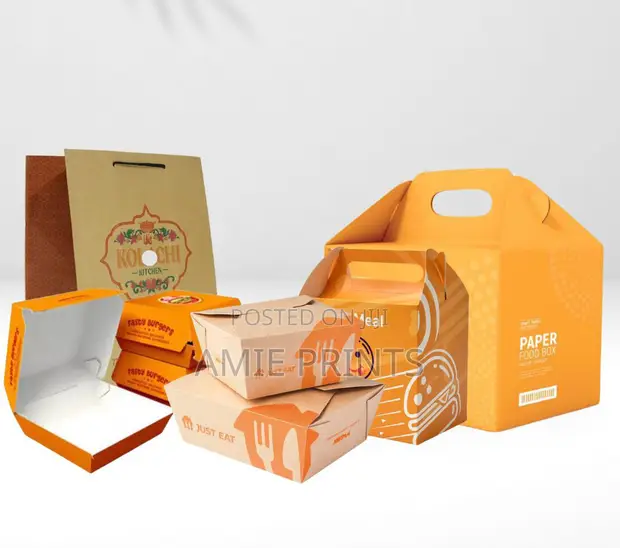In recent years, the concept of interactive food packaging inks has gained significant traction in the food industry. These innovative inks are not just about vibrant colors or appealing designs but are revolutionizing the way brands connect with consumers. By incorporating technology into packaging, brands can provide consumers with a unique and engaging experience right from the supermarket shelves.

What Are Interactive Food Packaging Inks?
Interactive food packaging inks are specialized inks used on food packaging that enable interactive features such as QR codes, augmented reality (AR), or thermochromic properties. These inks respond to external stimuli, allowing consumers to interact with the packaging in various ways, from revealing hidden messages to accessing digital content.
The Evolution of Packaging Inks
Packaging has always been a crucial aspect of marketing. Traditionally, packaging focused on protecting the product and attracting consumers through visual appeal. However, with the advent of interactive food packaging inks, the role of packaging is evolving. It now serves as a medium for communication, education, and entertainment.
Types of Interactive Inks
1. QR Code Inks
QR code inks allow consumers to scan the packaging with their smartphones, leading them to digital content such as recipes, promotions, or brand stories. This type of interaction increases brand engagement and provides valuable information to consumers.
2. Augmented Reality Inks
AR inks create an immersive experience by overlaying digital content onto the physical world. By pointing a smartphone at the packaging, consumers can see animations, games, or virtual tours related to the product.
3. Thermochromic Inks
These inks change color with temperature variations, indicating the freshness or readiness of the product. For instance, a beverage label may change color when chilled to the optimal drinking temperature.
Benefits of Interactive Food Packaging Inks
Interactive packaging inks offer numerous advantages for both brands and consumers. They enhance consumer engagement, provide additional information, and create memorable experiences. Moreover, they can help brands differentiate themselves in a competitive market.
Enhancing Consumer Engagement
The primary benefit of interactive food packaging inks is the ability to engage consumers on a deeper level. By providing interactive experiences, brands can capture consumer attention and foster brand loyalty.
Providing Additional Information
Interactive inks allow brands to share detailed product information that may not fit on traditional packaging. This information can include nutritional facts, sourcing details, or preparation instructions.
Creating Memorable Experiences
By offering interactive elements, brands can create memorable experiences that resonate with consumers. These experiences can lead to positive word-of-mouth and social media sharing, further amplifying the brand’s reach.
Challenges and Considerations
While interactive food packaging inks offer exciting opportunities, there are also challenges and considerations. Brands must ensure that the technology is user-friendly and accessible to all consumers. Additionally, the cost of implementing interactive inks can be higher than traditional inks, which may impact pricing strategies.
User-Friendly Technology
For interactive packaging to be successful, the technology must be easy to use. Consumers should be able to interact with the packaging seamlessly without technical difficulties.
Cost Considerations
The cost of producing interactive packaging can be higher due to the specialized inks and technology required. Brands need to balance these costs with the potential benefits of increased consumer engagement and brand loyalty.
Future of Interactive Food Packaging Inks
The future of interactive food packaging inks looks promising as technology continues to advance. Brands are likely to explore new ways to integrate interactivity into packaging, creating even more engaging consumer experiences. With the rise of smart packaging, the possibilities are endless.
Smart Packaging Integration
Smart packaging combines interactive elements with sensors and data analytics to provide real-time information about the product. This technology can enhance supply chain management, improve food safety, and offer personalized consumer experiences.
Environmental Considerations
As sustainability becomes increasingly important, brands must consider the environmental impact of interactive inks. Developing eco-friendly inks and recyclable packaging will be crucial for the future of interactive packaging.
Conclusion
In conclusion, interactive food packaging inks are transforming the way brands engage with consumers. By offering unique and memorable experiences, these inks provide a new dimension to packaging that goes beyond aesthetics. As technology evolves, the potential for interactive packaging is limitless, paving the way for a new era of consumer engagement.

FAQs
What are interactive food packaging inks?
Interactive food packaging inks are specialized inks used on packaging that enable interactive features, such as QR codes, augmented reality, or thermochromic properties.
How do interactive inks enhance consumer engagement?
Interactive inks enhance consumer engagement by providing unique experiences and additional information, capturing consumer attention and fostering brand loyalty.
What challenges do brands face with interactive packaging?
Brands face challenges such as ensuring user-friendly technology and balancing the cost of production with the benefits of increased consumer engagement.
For more insights on how packaging can impact food safety and brand reputation, visit food safety and brand reputation. For information on choosing food-grade inks, explore this external resource.
This article contains affiliate links. We may earn a commission at no extra cost to you.






